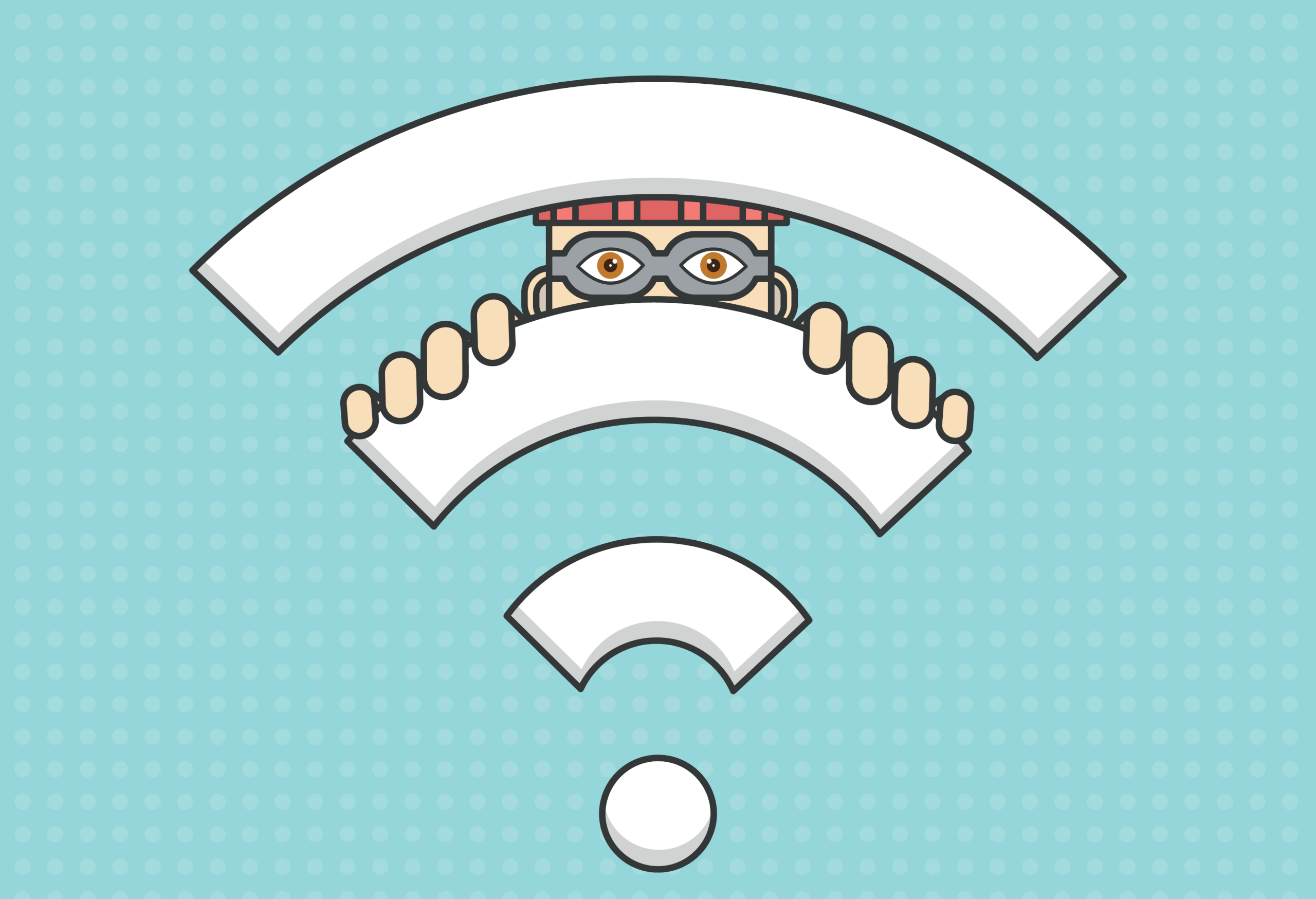What is a Wi-Fi Pineapple? And How to Stay Safe From It

A Wi-Fi Pineapple is a testing device designed to help organizations identify vulnerabilities within their networks. By exposing these weaknesses earlier on, it prompted organizations to make changes with their network security before data loss occurred. However, from the invention of this useful device came another creative option: a chance for hackers to break into Wi-Fi connections to steal data.
How Does a Wi-Fi Pineapple Work?
According to Motherboard, the Wi-Fi Pineapple unleashes sophisticated attacks on public Wi-Fi networks as a testing ground to see how the network connection handles the attacks. Moreover, the Pineapple contains much stronger connection points than your regular access point.
It achieves this by using multiple radios instead of the single radio you find on traditional Wi-Fi access points. The goal of this is scale, meaning with the Pineapple, a hacker has the ability to connect to hundreds of devices at a single time.
The creator of the device, Darren Kitchen, told MotherBoard, “When I invented Wi-Fi Pineapple, I saw that Wi-Fi had inherent flaws that made it vulnerable to spoofing attacks.” Spoofing attacks happen when hackers disguise devices with the intention of stealing your data.
Kitchen continued, “I figured if information security people had access to a device that could easily exploit these flaws, it would raise awareness and get things fixed.” And to Kitchen’s credit, it has.
The Rise of Using HTTPS
HTTPS stands for Hypertext Transfer Protocol Secure. In essence, it provides you with a more secure connection on websites that use. And because of this, it mitigates the chances of hackers accessing your information, even when using a public Wi-Fi connection.
Rapid7’s director of research Tod Beardsley told the New York Times, “If you’re in the United States, the web is pretty well encrypted. It’s unusual to go to a website that matters and it’s not HTTPS. Because of that, the threat of going on a sketchy local Wi-Fi has dropped dramatically.”
Major websites understand the benefit of using HTTPS protocol. The New York Times reports that 70 of the Top 100 websites today use HTTPS, an increase of 49% from 2016.
While impressive, HTTPS does carry risks. For one, there’s no verification for a website to obtain HTTPS. This means hackers possess the ability to create websites and can obtain that certification.
However, even for this to work, hackers have to bank on you to make a multitude of errors such as typing in the wrong information to visit your bank’s website and hope you make the mistake they have their domain listed as, so the percentages don’t play in their favor.
How to Stay Safe from Prying Eyes
The best solution is to use a virtual private network. A VPN is a tunnel whereby they encrypt your data so you don’t have to worry about thieves cracking through the network to steal your information.
Beardsley also recommends using your smartphone’s hotspot feature. This is where you transform your cell phone into a Wi-Fi access point to connect devices. “There aren’t any published exploits that are useful over LTE,” Beardsley remarked.
Meanwhile, if your device lost data due to malicious files, ransomware or malware, turn to the team at Outsource Data recovery. We make recoveries on a wide variety of device and server types. You’ll find our services to be of the highest quality and you’ll be surprised at just how fast we work. To learn more, contact us today.